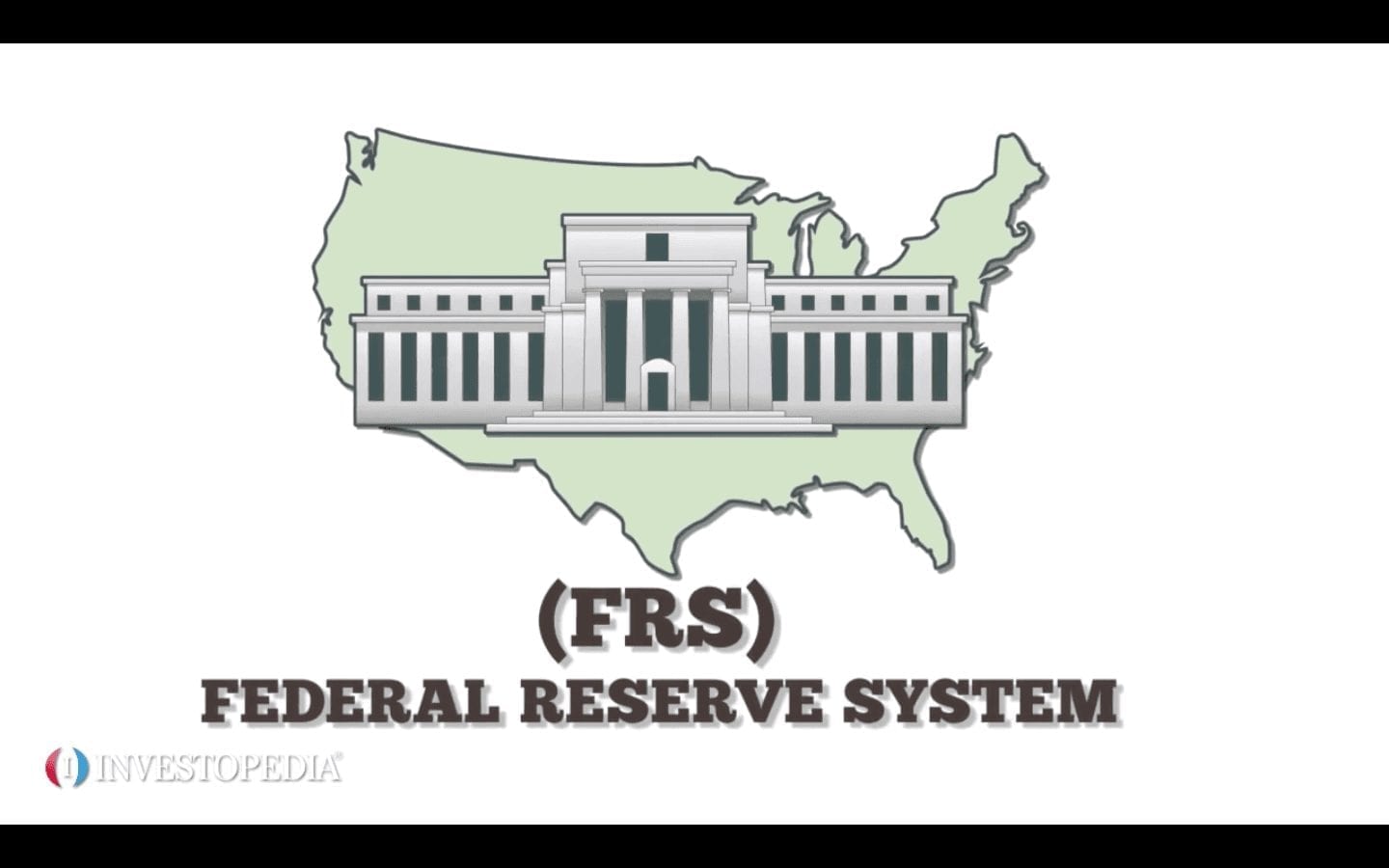According to a new study the richest 10% control 70% of America’s wealth.
Market Watch:
The rich are getting richer. It is a refrain that has certainly been uttered before, and likely will again, as Deutsche Bank Securities’ chief economist points out that the gap between the haves and have-nots in the U.S. is, indeed, widening.
Deutsche Bank’s Torsten Sløk says that the distribution of household wealth in America has become even more disproportionate over the past decade, with the richest 10% of U.S. households representing 70% of all U.S. wealth in 2018, compared with 60% in 1989, according to a recent study by researchers at the Federal Reserve.
The study finds that the share of wealth among the richest 1% increased to 32% from 23% over the same period.
To make a finer point, Fed researchers say the increase in wealth among the top 10% is largely a result of that cohort obtaining a larger concentration of assets: “The share of assets held by the top 10% of the wealth distribution rose from 55% to 64% since 1989, with asset shares increasing the most for the top 1% of households. These increases were mirrored by decreases for households in the 50-90th percentiles of the wealth distribution,†Fed researchers said.
Sløk said the financial crisis has played a significant part in this growing gap, which resulted in the Federal Reserve stepping in to stem a massive ripple of losses through the global financial system as the housing market imploded.
As a result, the Fed lowered interest rates, which had the knock-on effect of pushing easy money into the hands of the already-wealthy.
“The response to the financial crisis was for the Fed to lower interest rates which in turn pushed home prices and stock prices steadily higher over the past decade,†Slok said.
“And another consequences of the financial crisis was a decline in homeownership and stock ownership among households,†he said. Homeownership usually represents the largest share of household wealth and that was hurt in during the 2008-09 recession.
The national homeownership rate for the first quarter of 2019 was 64.2%, according to the U.S. Census Bureau. That is below the historic average of 65.2%, which dates back to the 1960s.
They said the Federal Reserves policies had a lot to do with this.
“So in some sense the source of higher inequality is Fed policies, which pushed stock prices and home prices higher. But the lack of changes in redistribution by fiscal policy is also playing a role,†Sløk said.
Stocks have enjoyed a massive increase since their crisis lows.
There are a few things to take note of here. The first is the fact that income inequality on its face isn’t a major issue. If everyone is richer then the economy is working well for everyone. So on its face, the income inequality claim is strictly a talking point. What isn’t a talking point is the Feds impact on the American economy. It’s simple the Fed got richer from the bailouts while Middle America didn’t. The Federal Reserve is not helping the Free Market the Federal Reserve is getting in the way of the Free Market. Of course, Sløk also called for redistributive policies to fix it which we know wouldn’t work.
The Palmieri Report is a Pro-America News Outlet founded by Jacob Palmieri two years ago at the age of 19. Since its founding, it has gotten over 100k pages views and over 20k followers. The Palmieri Report is dedicated to debunking the lies spread by the left-wing Mainstream Media.
CLICK TO SUPPORT US AND BUY OUR SHIRT





